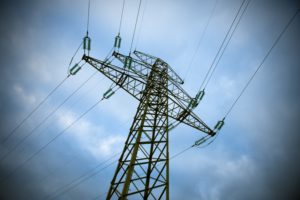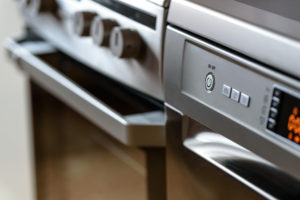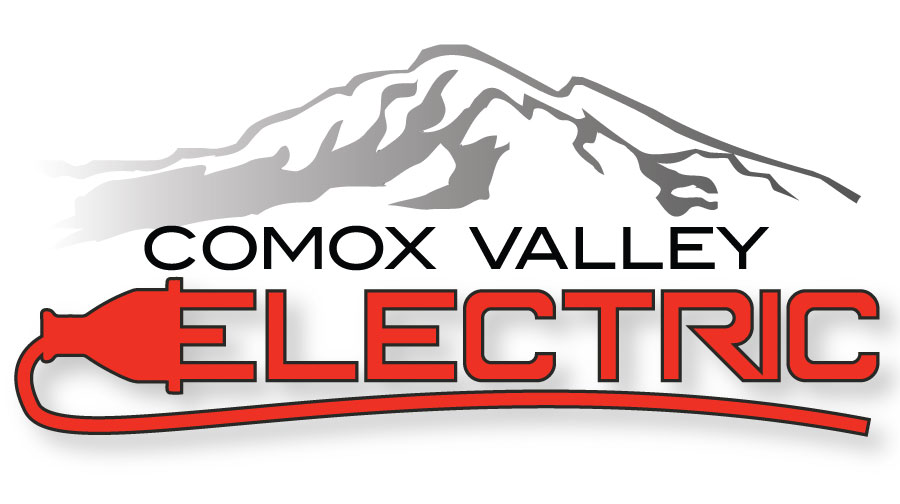Is your business struggling with the high cost of electricity? Do you want to lower your company’s energy bills but are confused about which upgrades will bring optimal results? You’re not alone! Follow our step by step guide to lowering your power bills with these top 50 energy saving tips for business owners.
Explore Incentives – Financial Help Implementing These 50 Energy Saving Tips for Business Owners
- NOTE: The following incentives can be combined to significantly offset the cost of energy efficient upgrades
 1. Review federal energy efficiency incentives and identify which programs apply to your business.
1. Review federal energy efficiency incentives and identify which programs apply to your business.
2. Explore provincial energy conservation programs to determine your company’s eligibility.
3. Identify municipal incentives offered to local business owners working to improve their company’s energy efficiency.
4. Log onto your energy provider’s website for information on incentives offered to companies undertaking energy saving upgrades.
Create A Starting Point
5. Track your company’s electricity consumption. This is vital to accurately measure progress as you make energy efficient upgrades. Log on to your energy provider’s website for instructions.
6. Ask your energy provider for an Energy Audit. Determining the largest energy “hogs” in your business identifies which upgrades will likely bring the largest return on your investment (and lower your energy bills the fastest).
Update the Largest Energy Consumers First
7. For many businesses, lighting is commonly identified as the largest energy consumer. Did you know that LED bulbs use up to 80% less electricity than fluorescents? Upgrading interior bulbs and fixtures to LED technology can pay for itself quickly in dramatic energy savings.
8. Whenever possible use natural light instead of electric light.
9. Employ wireless LED Smart Lighting technology and reap the benefits of greater energy savings. Business owners can program and adjust lighting to match their company’s changing needs from any mobile device. This technology is quick to install (requiring no costly wiring) but can net tremendous energy savings.
energy savings. Business owners can program and adjust lighting to match their company’s changing needs from any mobile device. This technology is quick to install (requiring no costly wiring) but can net tremendous energy savings.
10. Use LED task lighting vs. overhead lighting whenever possible. A single LED bulb in a desk lamp uses a lot less electricity than a ceiling full of overhead LED lamps.
11. Install dimmers and give employees control over lighting in their workspaces. Studies show most people will lower light levels on their own if given the capability to dim.
12. Install motion sensors or timers where lights are frequently left on (storage rooms, bathrooms, change rooms, break rooms and mechanical rooms).
13. Remove bulbs entirely in areas where light is not needed.
14. Clean your fixtures and bulbs frequently. Dust builds up and can sigificantly reduce light output. Make the most of every lumen to avoid wasting electricity.
15. Turn lights off in rooms unoccupied during lunch breaks or periods of time when employees will be out of the office during the day.
16. Employ these brilliant stairwell lighting tips to save energy on lighting required to be on constantly for safety reasons.
17. Upgrade exterior building and parking lighting to LED technology. LED fixtures use significantly less electricity than metal halide, mercury vapour and high pressure sodium, resulting in a rapid return on investment.
18. Upgrading exterior signage to LED technology can also result in dramatic energy savings.
19. Upgrade indoor EXIT signs to LED technology and save up to 90% on energy costs over traditional bulbs.
20. Check out these additional tips from BC Hydro on optimizing lighting systems and contact a Licensed Electrician to advise you on your planned lighting upgrades.
Heating, Cooling and Ventilation
21. Consider upgrading your heating/cooling system to energy efficient technology. Consult with a licensed HVAC contractor for advice regarding appropriate technology to suit your business. Consider the predicted return on investment and factor in the incentives you may qualify for.
22. Insulate warm air ducts to reduce heat loss in your forced-air system.
23. Change air filters frequently to avoid overworking your HVAC equipment (prolonging lifespan and reducing energy consumption).
24. Use standard or programmable “smart” window shades to dramatically reduce cooling costs in summer (and heating costs in winter).
 25. Plant deciduous trees (if permitted) on the south side of your building to block the sun in summer (reducing cooling costs). Bare tree branches in winter allow low-angle sunlight to passively heat your building through the colder months.
25. Plant deciduous trees (if permitted) on the south side of your building to block the sun in summer (reducing cooling costs). Bare tree branches in winter allow low-angle sunlight to passively heat your building through the colder months.
26. Seal gaps and cracks around windows and replace weather stripping to prevent heat loss around doors.
27. Install timers on washroom ventilation fans to prevent them from being left on (wasting energy and extracting heat from your building).
28. Avoid over-ventilating (which is extremely common) as this wastes heat you have paid to generate. Consult a licensed HVAC contractor to accurately calculate the CFM (cubic feet per minute) of exhaust ventilation you require at your business.
 29. Open windows instead of turning on air conditioning whenever possible.
29. Open windows instead of turning on air conditioning whenever possible.
30. Close doors leading to unoccupied rooms minimizing heating and cooling requirements and turn down heat/air conditioning to those zones if possible.
31. Review this comprehensive guide from BC Hydro on optimizing your heating and cooling systems for maximum energy savings
Hot Water
32. Consider upgrading your hot water system to energy efficient technology. Consult a licensed plumber for advice on options scaled to your company’s hot water demand.
33. Turn down your hot water tank thermostat a few degrees (if you are not restricted by health codes)
 34. Insulate your hot water tank and hot water pipes enabling you to turn the hot water tank thermostat down a few more degrees.
34. Insulate your hot water tank and hot water pipes enabling you to turn the hot water tank thermostat down a few more degrees.
35. Install low flow faucets (or aerators) to decrease hot water usage at sinks.
36. Reduce overall hot water usage – could you safely use cold water for some purposes?
Appliances and Kitchen Equipment
37. If your business operations require the use of appliances or food service equipment,
 consider upgrading to Energy-Star rated models.
consider upgrading to Energy-Star rated models.
38. Develop closing procedures to unplug all appliances and commercial equipment at night (eliminating standby power usage).
39. Keep appliances and equipment clean to maintain optimal function and energy efficiency.
 40. Learn how to conserve commercial equipment energy use.
40. Learn how to conserve commercial equipment energy use.
41. Avoid over-ventilation in your kitchen with a smart exhaust hood.
Technology
 42. Laptops use less energy than desktop computers. Consider upgrading your hardware to energy star rated equipment.
42. Laptops use less energy than desktop computers. Consider upgrading your hardware to energy star rated equipment.
43. Use smaller computer monitors which generally use less electricity. Look for Energy Star rated models when you upgrade computer monitors.
44. Standby power use can represent up to 10% of your total energy bill. Use advanced power strips (or unplug hardware) at night to completely block power to all electronics and eliminate standby power usage.
45. Move towards paperless accounting/operations whenever possible and turn your printer(s) off. This eliminates (or reduces) the expense of paper and ink, but also significantly reduces electricity use.
Other Equipment
46. Unplug manufacturing (or other) equipment overnight to eliminate standby power use and save up to 10% on your power bill.
47. Consult with equipment manufacturers to determine if energy saving retrofits/replacement parts are available for your equipment.
Behaviour Changes
48. Involve and encourage employees in the development and implementation of energy saving initiatives. Consider developing company incentives to encourage employees to actively partake in and adapt to energy saving initiatives.
 49. Develop checklists to help employees remember energy saving tasks at key times of the day (turn lights off, turn heat down, close doors, lower shades, unplug electronics and equipment, etc).
49. Develop checklists to help employees remember energy saving tasks at key times of the day (turn lights off, turn heat down, close doors, lower shades, unplug electronics and equipment, etc).
50. If feasible, consider adapting your operations to take advantage of energy saving opportunities that come with changing seasons. In summer, start operations earlier to work during the cooler parts of the day. In winter, start later to reduce lighting and heating requirements.
50 Energy Saving Tips For Business Owners – Overview and Inspiration
As you may realize, there’s no such thing as universal steps for improving energy efficiency. Each company is unique but we hope this guide will give you a solid framework to help you lower energy consumption at your place of business.
It is hoped that this article will motivate you to find additional energy saving solutions which suit your industry and the needs of your unique business. For inspiration and motivation to implement these 50 energy saving tips for business owners, we invite you to explore these outstanding success stories:
Case Study Jim’s clothes closet
Successes by retrofit/upgrade and program

Recent Comments